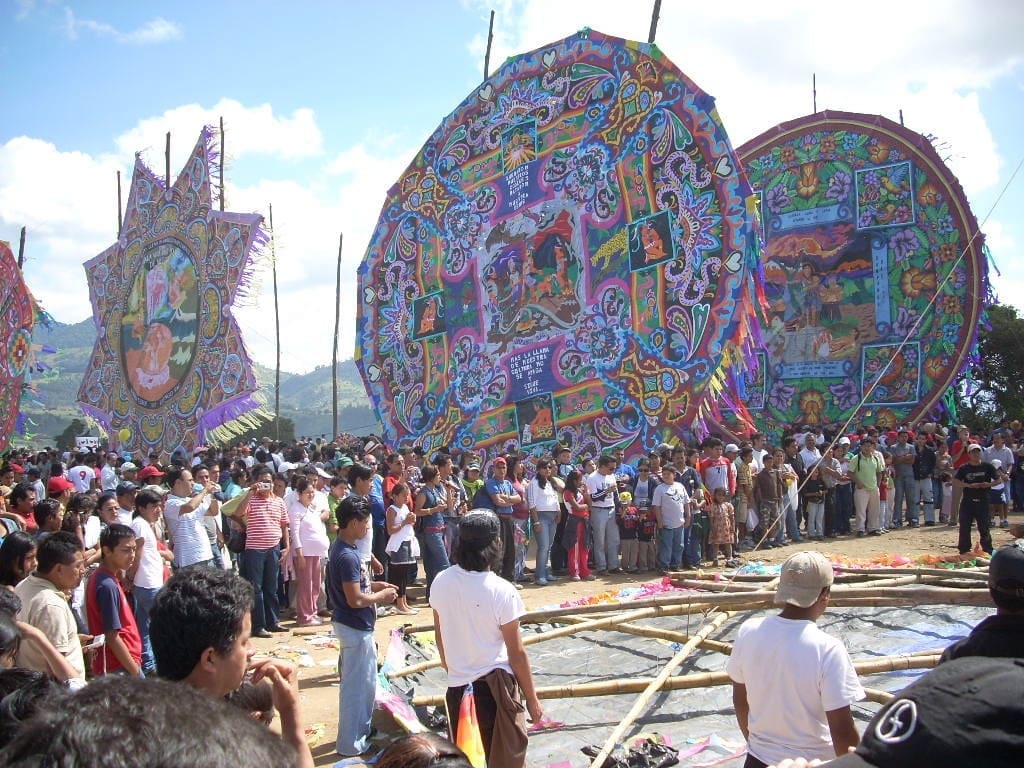Theraputic Massage in Lake Atitlan Resort
Pamper yourself with a theraputic massage at Los Elementos Day Spa. Enjoy a massage with th...
By Rebecca Moy
If you think the Day of the Dead is only a Mexican thing, think again.
In Guatemala, Día de los Muertos is just as colorful — but deeply rooted in Mayan beliefs and family connection. Here, it’s less about sugar skulls and face paint, and more about food, flying kites, and honoring ancestors through joy rather than grief.
I’m Rebecca Moy, a 27-year-old traveler from England who spent six weeks living in Santa Cruz La Laguna on Lake Atitlán, volunteering with Kayak Guatemala: an unforgettable part of my three years (and counting) traveling full-time.
During my time in Guatemala, I learned how the Day of the Dead isn’t just a date on the calendar — it’s a heartfelt expression of how Guatemalans view life, death, and connection. In this blog, I’ll share how Guatemala celebrates Día de los Muertos, the unique local traditions you can experience around Lake Atitlán, and practical tips to make the most of it.
Key Takeaways
Guatemala’s Day of the Dead combines Mayan and Catholic traditions, celebrated on November 1st and 2nd.
The most famous events are the Giant Kite Festivals in Sumpango and Santiago Sacatepéquez.
Families gather in cemeteries to share food, stories, and a special dish called fiambre.
You can experience authentic celebrations around Lake Atitlán — from markets to shaman ceremonies.
While most people associate the Day of the Dead with Mexico, Guatemala celebrates its own version steeped in centuries-old Mayan customs and Catholic influence.
The holiday spans two days:
In Guatemala, death isn’t seen as an end but as a continuation — a transition to another world. The living and the dead remain connected, and Día de los Muertos is when that connection feels most alive.
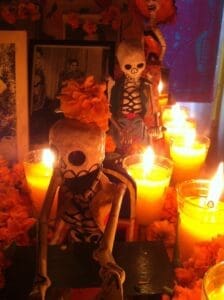
Instead of mourning, Guatemalans celebrate with colour, music, and community. Cemeteries become gathering places filled with flowers, food, laughter, and even marimba music. The atmosphere is one of joy and remembrance rather than grief.
If there’s one tradition that captures the soul of the Day of the Dead in Guatemala, it’s the barriletes gigantes — the giant kites that soar over cemeteries in Sumpango and Santiago Sacatepéquez.
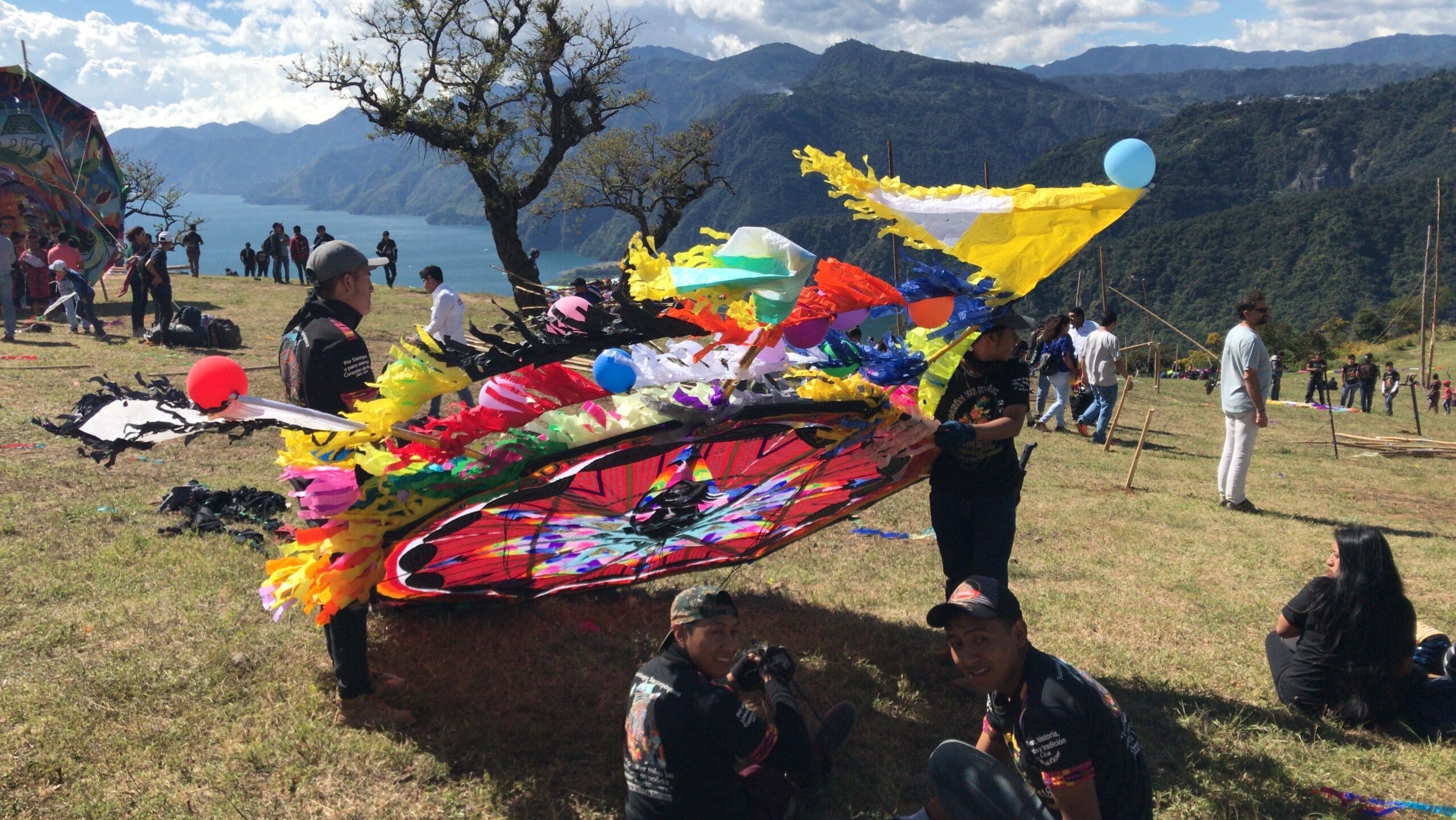
Each year on November 1st, locals spend months crafting massive kites — some over 20 meters wide — from bamboo, tissue paper, and fabric. Every design tells a story: some honor ancestors, others carry messages of peace or environmental awareness.
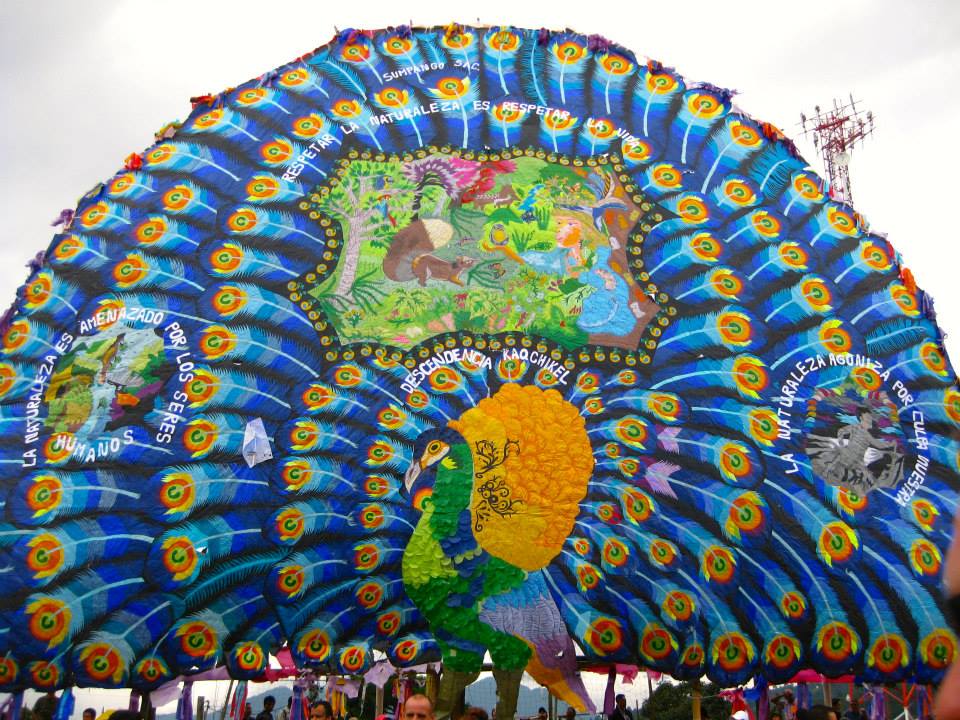
When the kites take flight, they’re believed to carry messages to the spirit world, connecting families with loved ones who have passed on.
The atmosphere is electric — thousands gather on the grassy hillsides, children run with smaller kites, and the sky fills with a patchwork of color and sound.
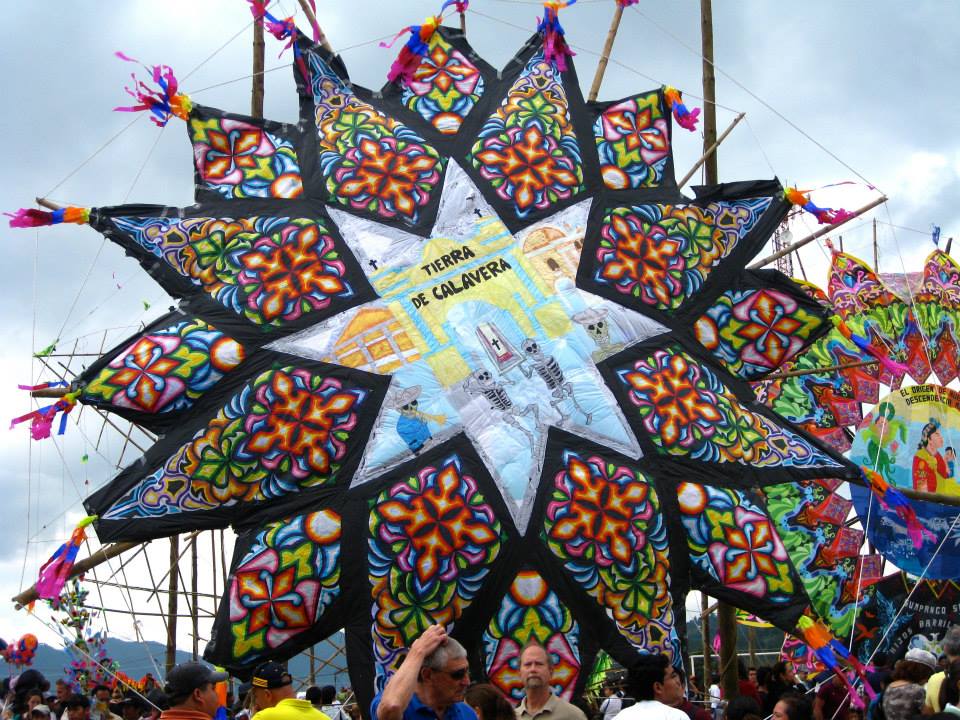
It’s one of the most visually striking celebrations in Central America and a truly unforgettable experience for anyone visiting in late October or early November.
Beyond the spectacle of the kites, the heart of Día de los Muertos in Guatemala lies in the cemeteries — where families gather to share food, decorate graves, and spend the day together.
It’s common to see freshly painted tombs, families picnicking beside them, and children flying small kites between rows of bright marigolds. The air is filled with music, conversation, and the smell of traditional dishes like fiambre and ayote en miel (candied pumpkin).
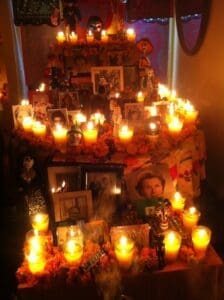
Fiambre is a culinary marvel — a cold salad that can include over 40 ingredients, from meats and cheeses to vegetables, eggs, olives, and beets. Every family’s recipe is unique, passed down through generations, and prepared only once a year.
Did you know? Fiambre takes two to three days to prepare, and some families start gathering ingredients a week in advance. It’s not just a meal — it’s a family project that symbolises unity, love, and remembrance.
This day isn’t sombre; it’s a family reunion with ancestors as the honoured guests.
The Mayan influence on Guatemala’s Day of the Dead runs deep.
Ancient Maya believed that life, death, and nature were all interconnected — part of a continuous cycle. Ceremonies involving fire, corn, and incense were (and still are) ways to honor these connections.
Today, you’ll still find shamanic ceremonies across Guatemala that draw from these ancient beliefs. They often include prayers to the four cardinal directions, offerings to ancestors, and gratitude to Mother Earth.
If you’re visiting Lake Atitlán, you can even join a traditional shaman ceremony with Kayak Guatemala. These experiences aren’t performances — they’re authentic spiritual practices led by Mayan guides who share their wisdom and connection to the land. It’s a humbling, grounding experience that gives real context to how Guatemalans understand life and death.
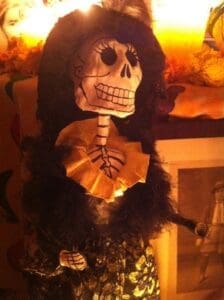
While the Giant Kite Festivals draw crowds near Antigua, the villages around Lake Atitlán offer a quieter, more intimate version of the celebration.
In towns like Santiago Atitlán, San Juan La Laguna, and San Antonio Palopó, families decorate graves with flowers and candles, fly handmade kites, and prepare fiambre for communal meals.
The markets burst with life — stalls selling colorful flowers, sweet breads, and woven crafts. Locals in traditional dress move between church, market, and cemetery, turning the day into a cycle of remembrance and celebration.
Kayak Guatemala’s cultural tours can guide you through these moments respectfully — giving you an insider’s glimpse into how local families honor their ancestors. Whether you’re exploring by kayak, walking through the villages, or joining a ceremony, these experiences let you feel part of something real.
If you fall in love with Guatemala’s energy during Día de los Muertos, you’ll be glad to know the country celebrates culture all year long.
Here are a few other must-see traditions:
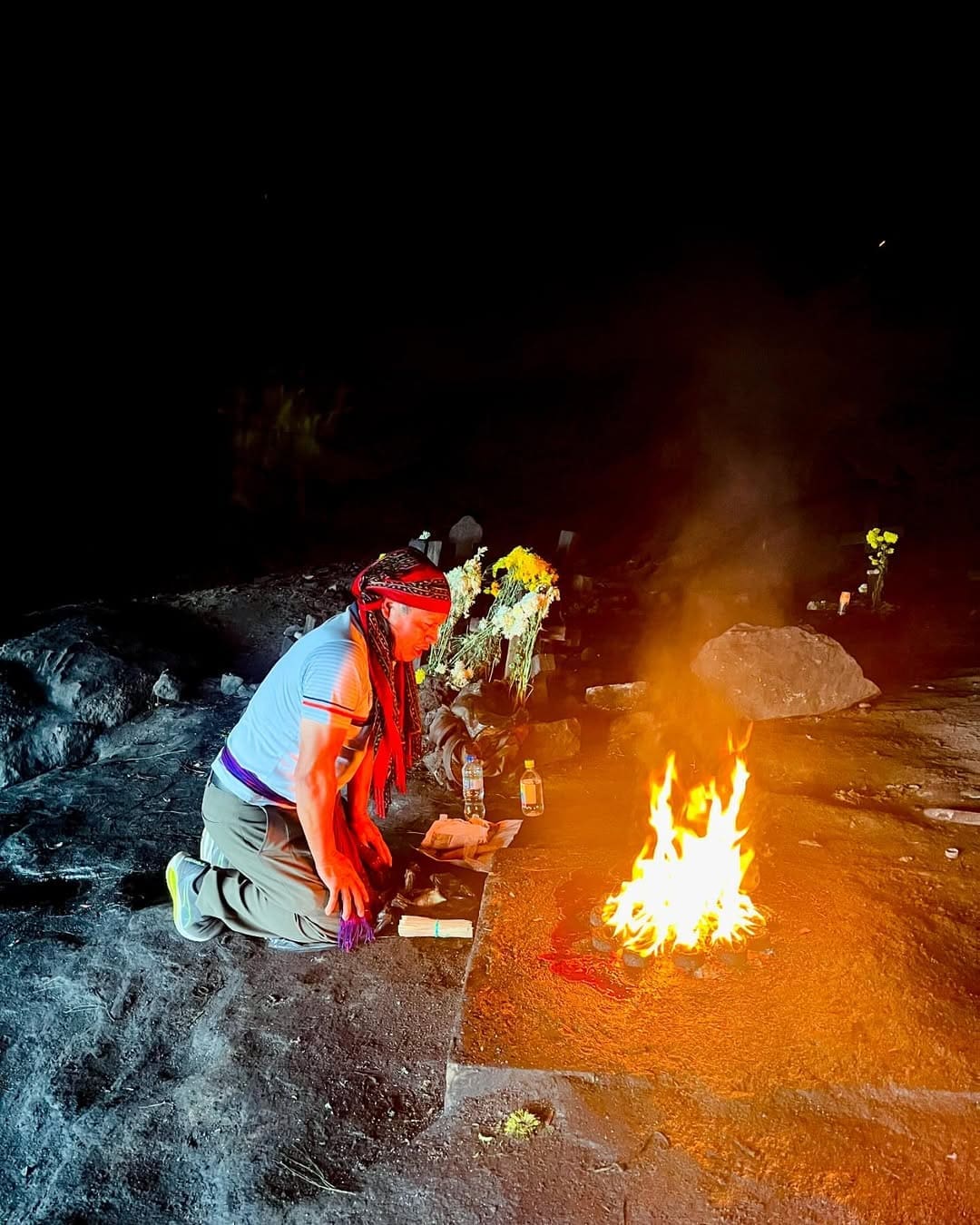
If you’re drawn to culture, color, and authenticity, Guatemala has endless ways to experience it — long after the kites have fallen back to earth.
If you’re planning to experience the Day of the Dead in Guatemala, here are a few tips to make your trip smoother:
When to go: Arrive a few days before November 1st, especially if you want to visit the kite festivals or local markets.
Where to base yourself:
Transport tips: Book your shuttles or buses early — locals and tourists travel heavily during this weekend. Depart early in the morning to avoid traffic.
Etiquette:
Optional local experiences:
More than anything, Día de los Muertos in Guatemala is a celebration of love — for family, for tradition, and for the belief that no one is ever truly gone.
From the giant kites drifting into the clouds to the quiet candlelight in a lakeside cemetery, every moment reflects Guatemala’s deep spiritual connection between the living and the dead.
If you’re visiting Lake Atitlán during this time, our team at Kayak Guatemala can help you experience it through local eyes — whether that’s by joining a village tour, a shaman ceremony, or simply paddling out on the lake as the sun sets behind the volcanoes.
Because in Guatemala, the Day of the Dead isn’t about death at all — it’s about remembering, celebrating, and staying connected.
